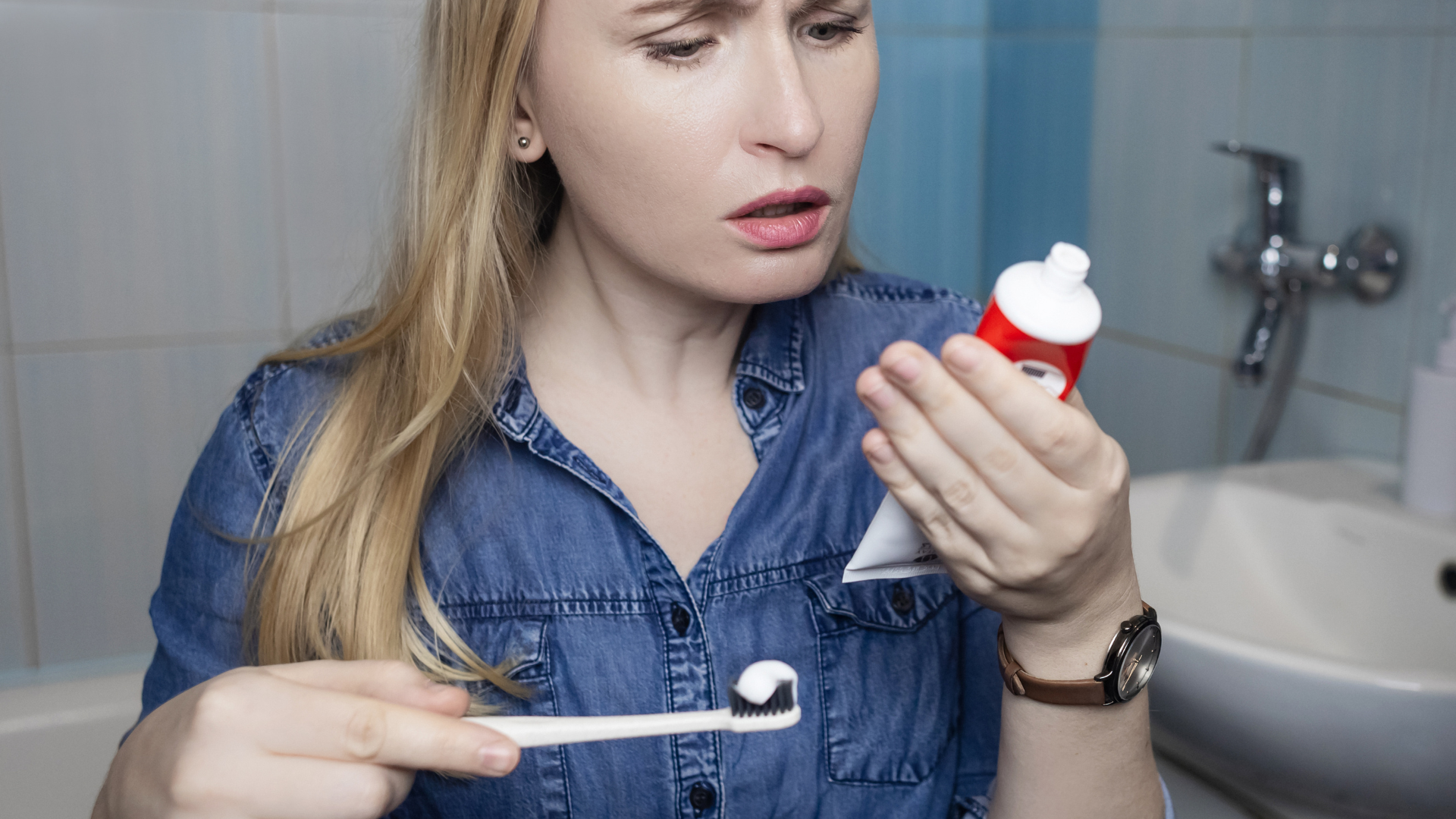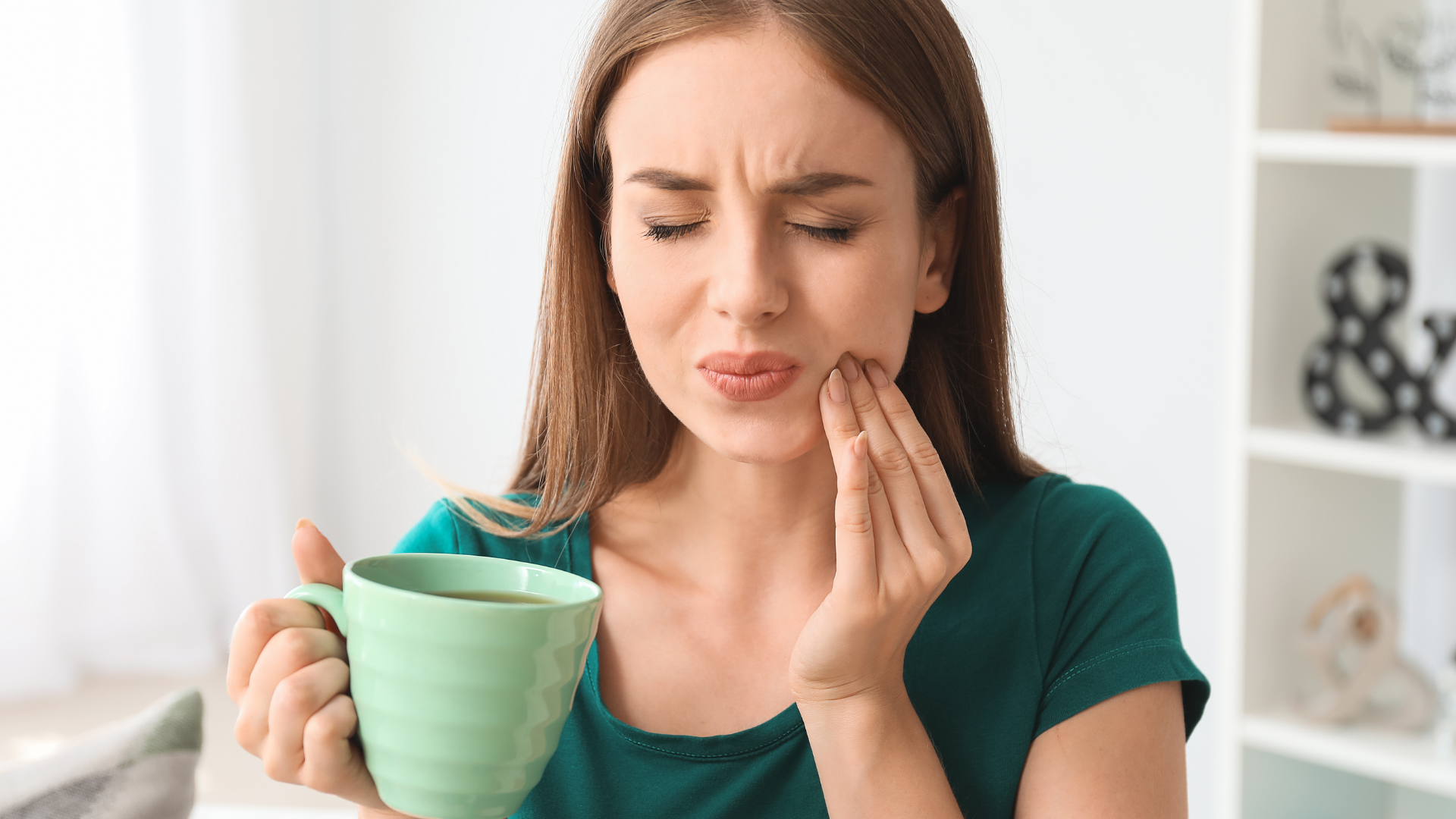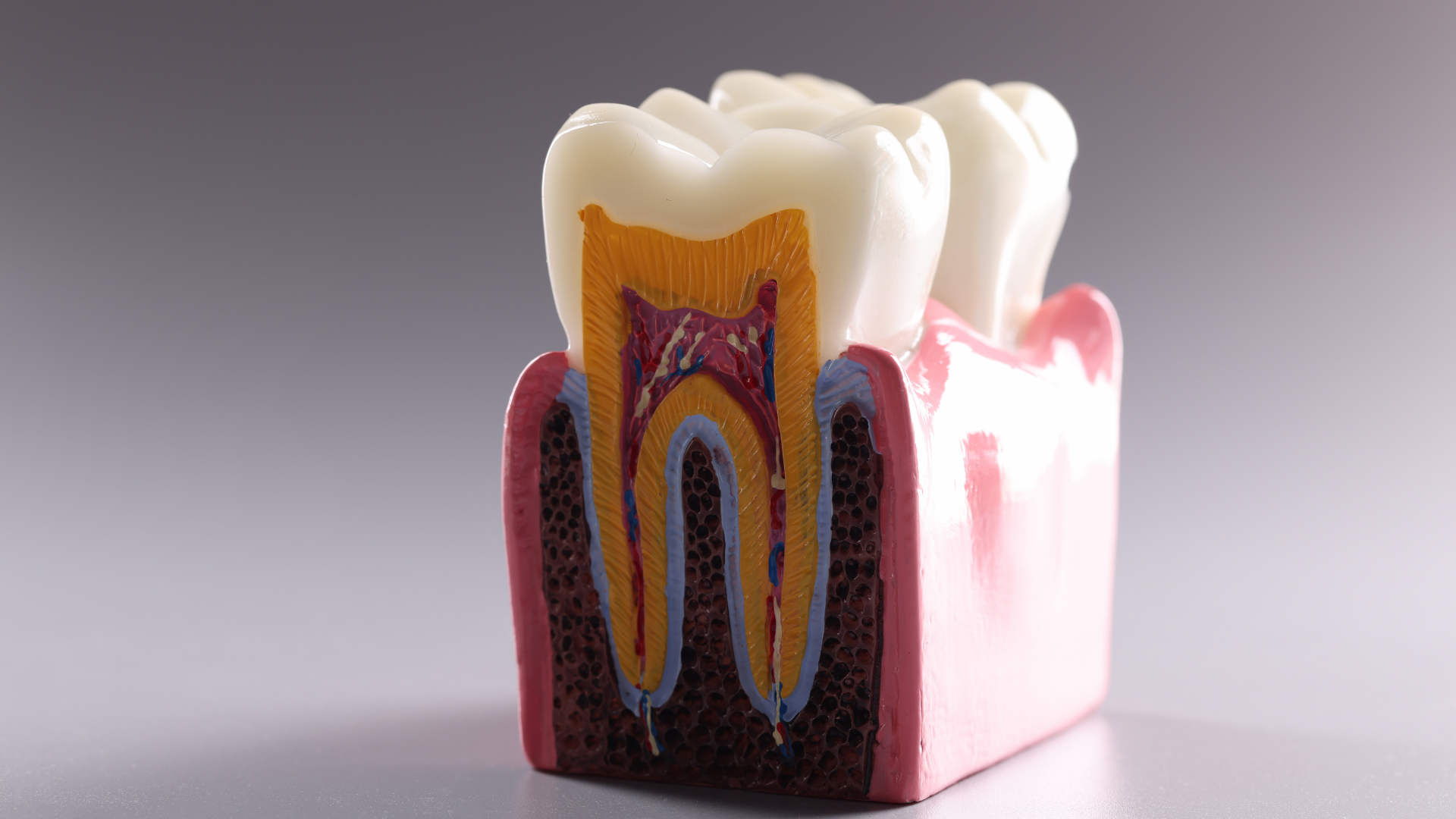Bad Breath
Bad Breath (Halitosis)
Bad breath (halitosis) can cause embarrassment, create social and psychological barriers, and even affect relationships.
Causes
The majority of bad breath problems begin in the mouth.
- Bad breath that is of oral cavity origin can be traced to a sulfur compound produced by bacteria. Dead and dying bacterial cells release this sulfur compound which gives the breath an unpleasant odor.
- Bacterial plaque and food debris accumulate on the back of the tongue. The tongue's surface is extremely rough and bacteria can accumulate easily in the cracks and crevices. Large amounts of sulfur compounds can be produced in this area, making it a frequent site of origin for bad breath.
- The tooth attracts bacteria containing plaque and if not cleaned regularly and thoroughly, this can result in large accumulations of bacteria which result in bad breath.
- People who have periodontitis often experience bad breath because of bacteria accumulating in areas that are not cleaned easily, such as deep pockets around teeth.
Fortunately, treatment is very effective for people who have bad breath of mouth origin.
Other reasons for bad breath (other than the mouth) are:
- infections, especially in the sinuses or lungs
- diabetes mellitus (acetone smell to the breath)
- kidney failure (can produce a fishy odor)
- malfunction of the liver
- disorders of metabolism (foul, fishy odor that comes and goes and may be difficult to diagnose)
- fasting (when the body is not provided with fuel in the form of food, fat and protein will begin to be broken down; the result is bad odor from the waste products of this metabolism)
If your bad breath continues once potential oral health problems have been treated, see your physician to rule out any other causes.
Oral Health Treatment
Treatment begins with a complete oral examination and health history; you may have an odor-meter test done. This test can accurately measure the volatile sulfur gases and the extent of a halitosis problem.
- Periodontal disease and /or cavities should be treated and repaired.
- Oral infections must be eliminated or impacted teeth may need to be removed.
- Good oral hygiene must be stressed, including cleaning the teeth and tongue. Once the oral infection is treated and cured, mouth rinses and toothpastes may have some effectiveness in managing oral odor. Ask us for a product that may be helpful to you.
Bad breath sufferers should be encouraged to seek treatment because of the high success rate in managing the problem.




